This is one of the very best gialli of all time. It's not perfect-the first half hour sometimes plays like a love letter from Luciano Ercoli to Nieves Navarro's body-but it's never less than entertaining, even with a fairly extended running time (107 minutes). The direction is top notch, when Ercoli can tear his focus away from his soon-to-be-wife's ass, and the story is one of Ernesto Gastaldi's very best.
Death Walks on High Heels provides one of the more enjoyable examples of a police-led investigation as well. The interplay between the investigating officers, Bergman and Baxter, veers between lighthearted and overtly comical, sometimes coming across as being as broad as the police banter from comedy-giallo The Weekend Murders. Somehow, this doesn't really hurt the film at all, with the jocularity of the police scenes contrasting nicely with the wild intensity of the parallel investigation of Simon Andreu, Nicole's spurned Frenchman. The relative scarcity of graphic murder scenes (there's only one full-on murder depicted-which is actually surprisingly graphic and gory-as well as a brief throat slitting at the start, although there is also a surprisingly-jarring eye-operation scene) helps keep the overall mood light, with the tone not dissimilar to that of Hitchcock in his pomp.
The parallel investigations are given almost equal screen time, and allow for a relatively non-linear approach to the plot (for a plot-driven giallo, anyway). We're privy to the information uncovered by the police, and witness snatches of conversations involving Andreu's Michel, which afford us a privileged position when attempting to figure out just what is going on. This is one of those mysteries in which almost every suspect is guilty of something; you just need to figure out what exactly is going on, and then link the motivation to the suspect. And, while there aren't quite clues provided, a logical approach to deduction should help to you land on the correct answers.
This isn't the criticism it would be for many films; for one thing, the extended length does allow for more thinking-time, and, the longer it goes on, the more your mental list of possibilities will taper towards the solution. Also, if you know your Gastaldi gialli, you'll have a fair idea as to what the likeliest motivation behind the killings is. Still, even if you do guess who is guilty and why, it shouldn't sully your enjoyment at all; the film is much too damn fun for such trifles to really matter. It also holds up on repeat viewings, even if you might question why one character doesn't say anything when confronted with apparently decisive evidence of their guilt towards the end of the film. Well, eye tell a lie,* they do say something, but only after the truth has outed. The only other hole I could find-which isn't so much a hole as a missed opportunity-concerns Dr Matthew's reaction to the suggestion that Nicole could have been his attempted assassin. (SPOILERS) If he'd positively identified her, he'd have an iron clad alibi for her murder, and would have further strengthened his attempts to fudge her time of death. Then again, he doesn't seem to have ever been considered a true suspect (mostly, I'd imagine, with the intention of inculcating the same mindset among viewers), so doesn't really need to firm up his alibi. All the same, I can't help feeling that his reactions are designed to fool the viewers, and not psychologically consistent with his character. (SPOILERS END)
One interesting red herring-which may not even be an intentional one-concerns the resemblance of Matthews' wife to Nicole. They look so alike that I did a double take when she first appeared, so similar to Nieves Navarro does Claudie Lange look. This leads us to consider the possibility of a classic switcheroo, with one of the women assuming the other's identity. It's not overly likely, or even possible, given how events play out, but the thought does linger in the mind, distracting us. In the end, it seems to be nothing more than a coincidence, and one which wasn't even intended by the filmmakers. I'd be hard pressed to believe this, but given Ercoli and Navarro's personal relationship, it's just possible that he (and she) saw no resemblance between the two actresses, similar to the way that parents of identical twins can always tell them apart. I have to hold my hands up here and confess that I don't possess any great skills in the art of facial recognition, and often have difficulty remembering faces and telling people apart (I struggled greatly to differentiate between Anthony Steffen and Gabriele Tinti the first time I saw Tropic of Cancer, and, away from the giallo, I also couldn't tell Kevin Spacey and Russell Crowe apart in LA Confidential [in my defence, I knew who neither was at the time I first saw that film]), so this paragraph might just be an ode to my own failings as a human.
In some ways, there's not a huge amount to write about High Heels. At least, there aren't many aspects of the film which demand to be analysed. Again, not a criticism-the film is, to my mind, frothy fun from first to last (it's hard to even be mad at it for the endless nudity in the first half hour, although the bizarre blacked-up get-up Navarro sports for the first of her stripteases should raise some heckles), and easily one of the top ten gialli of all time. So, break out your blue contact lenses, put any dead bodies you have lying around on ice, and prepare for 107 minutes of pure entertainment. And then, probably best to get rid of that dead body ASAP (but have an alibi sorted, too!).
|
|
*I'm not sure if I originally deliberately misspelled 'eye' here to refer to the operation scene, and the presence of some fine scopophilia in the film, or if I was just having a brief minor stroke, but I'll leave it as is for now
|
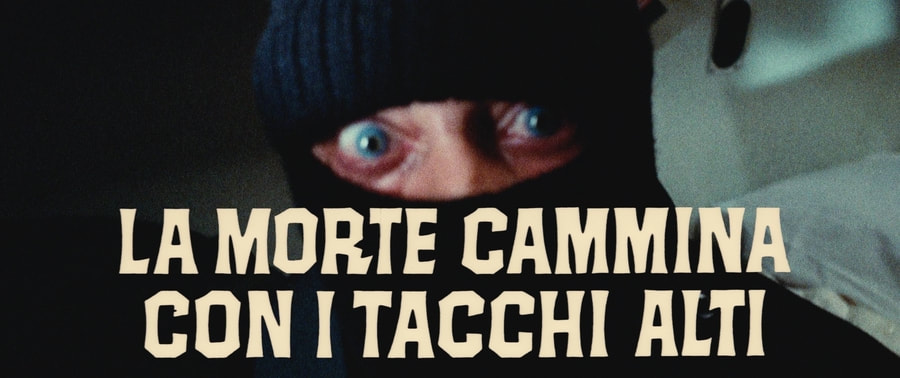
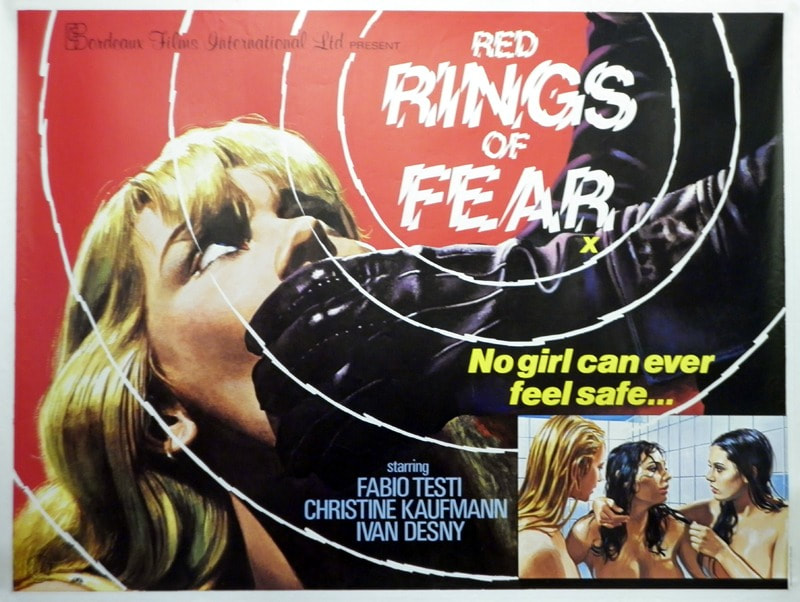
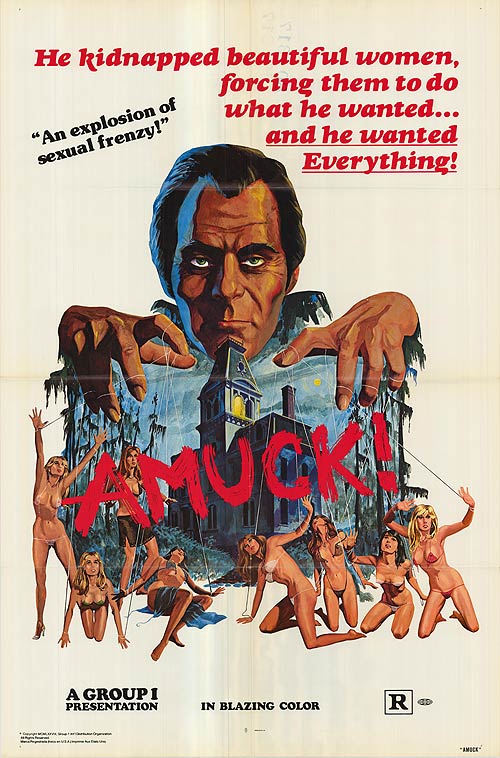
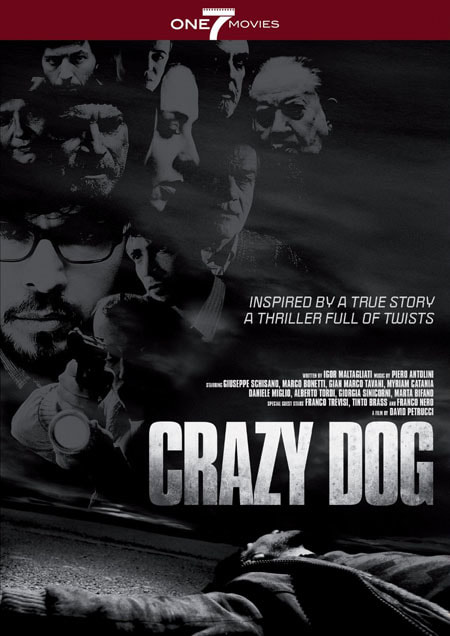
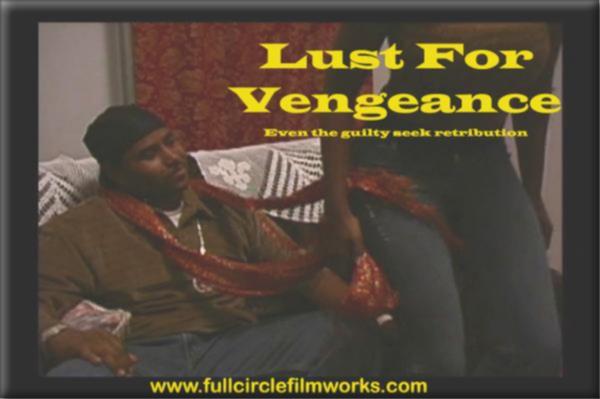
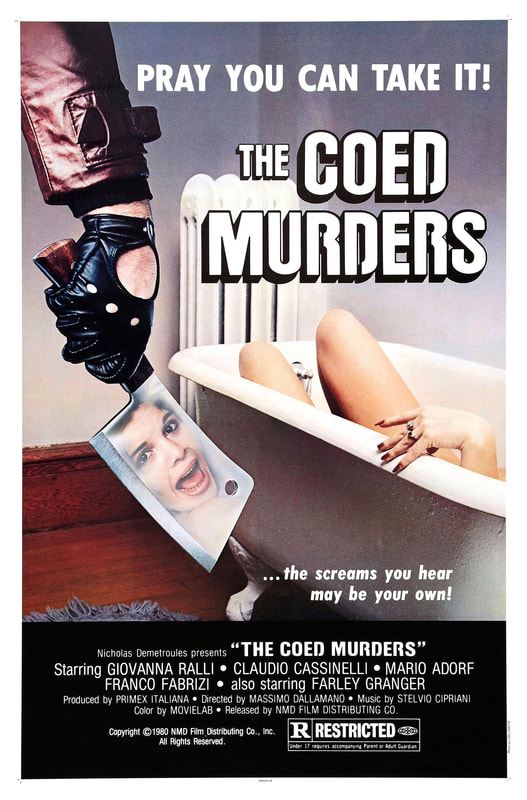
 RSS Feed
RSS Feed
